Gynaecology surgical instrument used in Obstetrics & Gynaecology surgery listed includes Doyen’s retractor, allis tissue holding forceps, Sim’s posterior vaginal speculum, vulsellum forceps, sponge forceps
Doyen’s retractor used in retracting the abdominal wall in open laparotomy.
Used to retract bladder in (LSCS) Lower segment cesarean section delivery of the baby
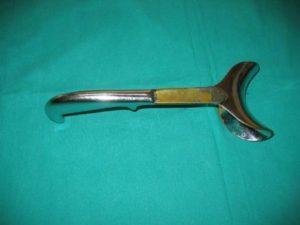
Retractor blade designed not to hurt any of the structures with a curved surface to avoid damage to tissue. In LSCS surgery Doyen’s retractor removed from the surgical site when the baby head about to come.
Other names: Bladder blade
Sim’s posterior vaginal speculum
Speculum comes with two types
- One bladed speculum
- Double armed bladed Speculum
One blade speculum with a wider blade used commonly in posterior vaginal wall retraction. The sizes vary in purpose and use
Double armed bladed Speculum with narrow and wide types of blade to retract posterior vaginal wall retraction depends upon indication and size
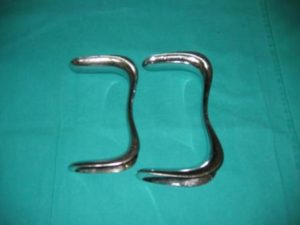
The commonly used instrument in all vaginal surgery and in Gynaecology examination
Indication
- Inspection of cervix
- Vaginal examination,
- Before and after surgical procedure
- Dilatation and curettage
- Urethral toileting
Female urethral catheter
Used widely in obstetrics and gynecology for bladder voiding before any examination or any procedure
Used in urology surgical procedure to rooting of urethra and voiding of urine as well
Emptying the bladder reduces the chance of damage to the bladder and voiding during the procedure
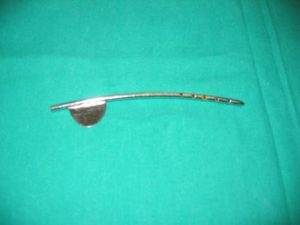
Catheter made of metal with slightly curved at the tip. Tip of the catheter with single or multiple holes. Intermittent types of metal catheter used in Voiding of urine for a temporary purpose.
For continuous drainage either closed urinary drainage system or suprapubic indwelling catheter
Foley’s catheter or silicone catheter used widely in the closed urinary drainage system
Gynaecology surgical instrument – Uterine curette
It has a blunt end used in scarping of the endometrial wall of the uterus for pathological examination. Mainly used in cases like dilatation and curettage, incomplete abortion (dilatation and evacuation).
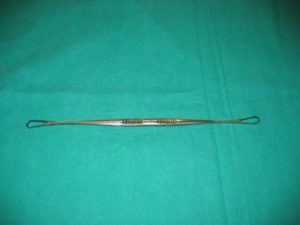
Curette with two ends with their own indication
The sharp end used in scarping endometrial wall tissue
The blunt end used in the soft tissue of the uterine wall
for retractor visit here
Allis tissue holding forceps
Commonly used forceps used present in the entire general surgical instruments tray. Forceps used to catch the anterior wall of the cervix in vaginal surgery.
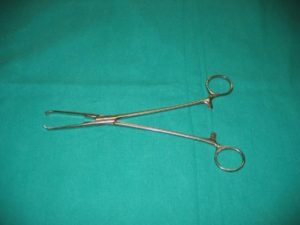
Allis tissue holding forceps used to hold rectus sheath muscle for the retraction and suturing.
Widely used in all major surgery like laparotomy, laparoscopy port creation, Gynaecology surgery.
Hegar’s dilator
Used in dilatation of soft tissue like
Uterus,
Urethra,
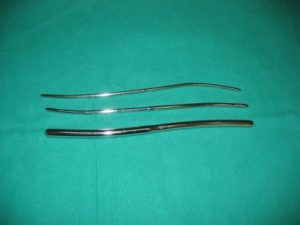
Bladder
Intestinal surgery in rare cases
The dilator with double-ended used with lubrication like Xylocaine jelly, liquid paraffin
Cases used like Dilatation and curettage for dilatation of cervical canal
Vulsellum forceps
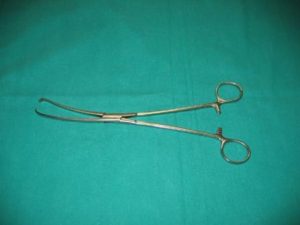
The forceps with curved flange long instruments. The tip of the forceps with an atraumatic toothed tip which enhances to catch the anterior tip of the cervix
Used in Obstetrics and gynecology surgery
Allis tissue holding forceps used as an alternative
Sponge holding forceps
Long surgical instruments used in commonly used in the maximum of all the cases.
Used in surgical painting with antiseptic solution before any sterile procedure
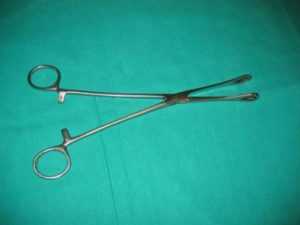
Used in special Cases like open cystolithotomy for removal of stone and Vaginal toileting in vaginal surgery postoperatively.
Sponge holder with serration helps in holding the cervix for the examination of the cervix. Also used in cases like cervical encircling
for more about sponge holder see here
Uterine sound
The malleable metallic uterine sound used to know the position of uterus and length of uterine cavity prior to the any vaginal surgery
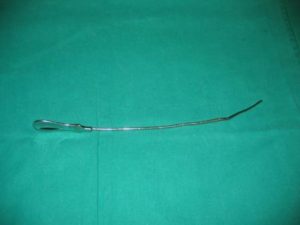
Used to detect any metallic foreign body in the uterine cavity
The instrument can bend with malleability structure to use according to the direction of the cavity
I like your bold viewpoints on this subject. I can tell you have a passion for writing Your writing style is both informational and persuasive in this article.
I love to hear from valuable readers like you, we like to keep writing the topics like this. Happy reading!